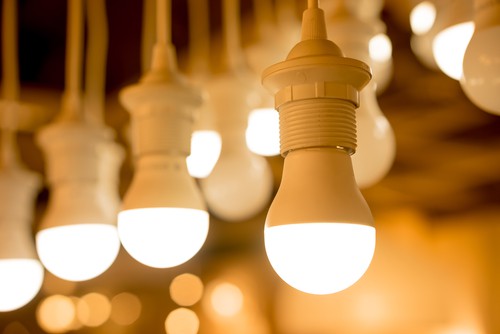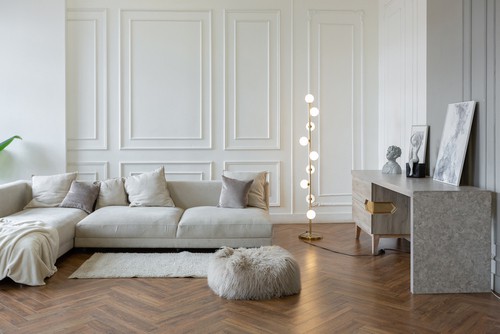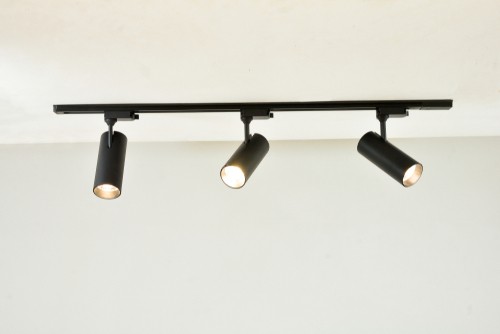
How Lighting Can Transform Your Home Interior Design
September 28, 2022
Things To Consider When Choosing The Best LED Lights For A Room
November 1, 2022Outdoor Lighting Ideas For Your Garden
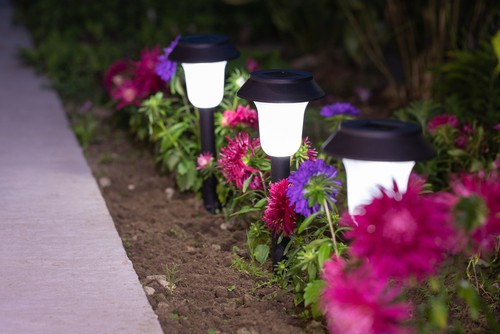
Outdoor Lighting Ideas For Your Garden. Outdoor lighting can be a tricky thing, especially for the uninitiated. There are many variables to consider with fire safety, power usage, and the like. Outdoor lighting is also essential in creating a sense of safety and security in your garden.
Ensuring that you have enough light at night ensures that you have a way to see what you’re doing, protects your plants from over-exposure to light during the day for an extended period, and creates a general feeling of well-being when you view your garden lit up at night. Read on!
Outdoor Lighting Ideas For Your Garden
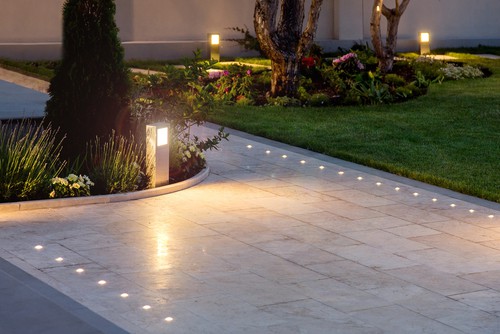
1. Light as a Feature
One of the first considerations, when lit up, is how to use lighting to become a feature in your garden. Rather than focusing lights on specific areas of your garden, integrate them into a feature specifically designed for this purpose. This could be something like an outdoor fireplace or a water feature for the center of your garden.
2. Light Up a Flower Bed
Another idea is to use light to accentuate a particular flower bed. The idea here is that you’ll have lighting not directly on the plants but above or around them. This can provide soft, diffuse lighting, making your garden look much more attractive with natural than lights focused on the plants themselves.
3. Plant Brightness Density
When designing your garden or choosing plants for your garden, it’s important not to think about light intensity and how many bulbs are needed for the area. Instead, think about how many bulbs you need at each height to have enough brightness density in each part of your garden. This creates a balance between different parts of your garden.
4. Lighting the Paths
Lighting your paths allows you to see where you’re going after dark and helps to create a sense of security when you’re strolling at night. A common way to do this is with solar-powered lights positioned at intervals along your path. This is one of the most accessible lighting parts and a common one for people to overlook.
5. Plant Variety & Height
It’s important to remember the concept of plant variety and height when designing a garden. What works for one person doesn’t necessarily work for another. The idea here is to create some contrast between the height of your plants and their colors. For instance, when deciding what colors to use for your garden, consider using different colors for different parts of the garden.
For instance, use reds and yellows in your flower beds and greens in your vegetable patch. This way, you can create visually distinct areas within your garden that blend nicely instead of having full-on “greens” match up with “reds.”
6. Light Effects
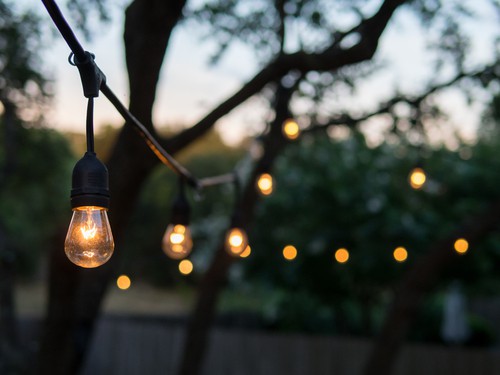
One of the essential things for showcasing your garden is the effect created by the lights. You’ll often want to consider the different effects you can create when doing a light design.
For instance, you’ll want to consider whether you want solar lights, candles, or other forms of light in your garden. You’ll also need to ensure that you have adequate power for placing a spotlight on something – if this is essential to your plant variety and height scheme, then you need more than just essential solar lights.
7. Solar Power
Solar power is a great way to save money on running costs and is widely used in many homes and businesses around the globe. As well as this, it doesn’t emit harmful carbon emissions, so it is more environmentally friendly than other forms of power. This means that incorporating solar power into your lighting scheme – perhaps with some lights that you leave on at night – will be highly beneficial to your garden.
8. Check Your Local Fire Safety Laws
One of the most important things to consider when designing your garden is that too little or too much light can create a fire hazard. This may sound like an odd thing to mention when talking about lighting up your garden, but it’s essential to ensure that you know the fire safety laws for where you live.
Some areas will have rules about how many ground lights you can have and what specific wattage they must be. Ideally, you’ll want to use lights that are made out of a plastic composite like this one so that they’re not flammable and don’t give off any toxic fumes when burning.
9. Find Other Uses for Your Outdoor Lighting
While having an ambient glow for your garden is great, there are many other ways to get more out of your lighting scheme than just creating a glowing landscape.
By putting lights around your patio or the outside of your home, you can add another sense of security for you and your guests when entering your home at night. You can also use lighting to highlight a particular feature within your garden, like a good view of your garden from a window or patio.
10. Create Safety in Your Garden
One of the essential parts of lighting a garden is ensuring it’s safe. This means ensuring security lighting and other safety features to keep your family and guests safe. It’s essential if children or pets are in your garden, so make sure that any solar-powered lights are designed with this in mind.
11. Timing Your Lights
One of the best ways to create a natural glow for your garden is by considering when it needs more light than other times of the day and when it needs less light than other times. It’s also important to consider how much sunlight there is during different times of day – if it’s just before sunrise or just after sunset, this will provide a lot less natural light than in the early afternoon.
12. Don’t Overdo It
While some people have massive light shows in their gardens, with huge spotlights and all kinds of colored lights, creating this kind of effect is not necessary. You will find that by going through the steps above, you’ll be able to create a natural glow for your garden that compliments your home. Just remember not to overdo it: don’t fill your garden with lights; make sure they’re not too bright or create a fire hazard.
Outdoor Lighting Ideas For Your Garden – Conclusion
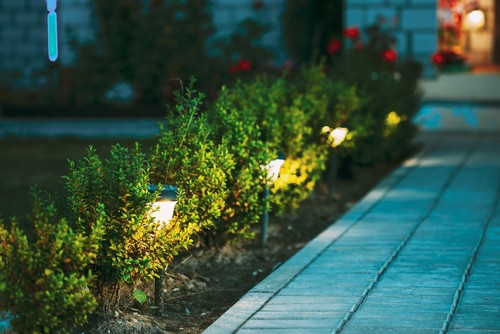
In conclusion, having the right lighting design is essential if you need to create an outdoor space for your home or perhaps just a single garden area. Remember to check that you have an excellent natural source of light from above and to check local fire safety laws when considering what lights you use. Finally, always consider building your lighting up slowly. This way, you’ll be able to see if you’re creating the glow you want and save a bit on energy costs.

